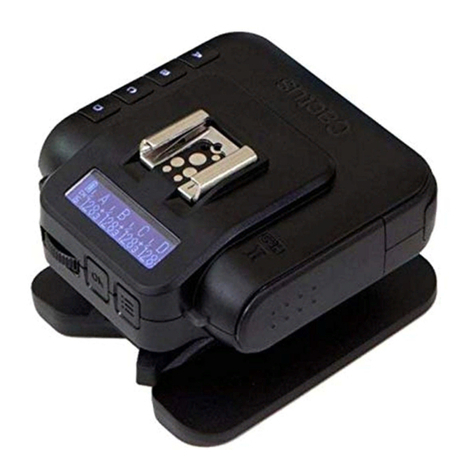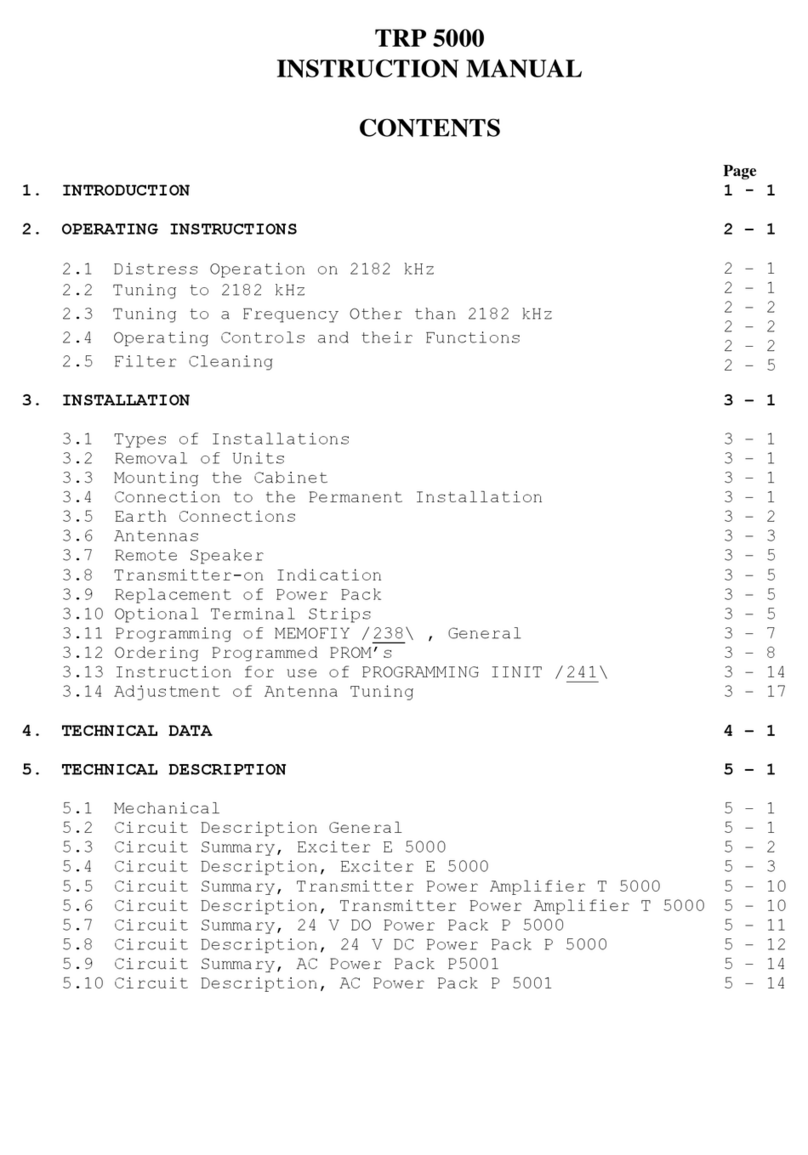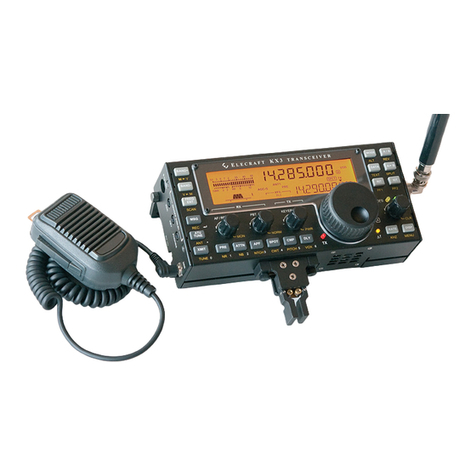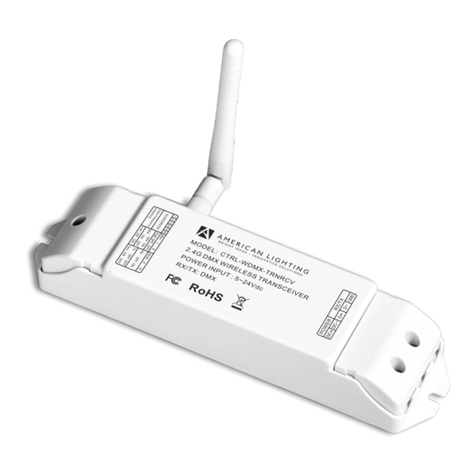1.1 Symbols used
1
1. ABOVE ALL... SAFETY!
For ease and convenience of viewing, KV-300 uses symbols to highlight urgent situ-
ations, practical advice, and general information.
*Warnings such as this, shown using an open hand symbol, indicate a crucial
description regarding technical repairs, dangerous conditions, safety warnings,
advice and/or important information. Ignoring these symbols may result in
serious problems and/or damage and/or personal injury.
Notes: such as this one indicate practical advice that we suggest be followed for
optimal performance with KV-300.
1.2 Warnings
1.2.1 General
This device has been tested for compliance with Class D digital marine device
limits. These limits were created to allow for reasonable protection against
damaging interference.
This device is to be used solely as an aid to navigation. Its settings may be
influenced by diverse factors, such as defects or malfunction of the device,
environmental conditions or improper use.
It is the user's responsibility to observe reasonable prudence and judgement in
navigation, and as such this device should not be considered a substitute for
this reasonable prudence and judgement.
Do not open the radio for any reason! KV-300's precision mechanics and
electronics require expertise and specialized equipment; for the same reason,
the radio should under no circumstances be realigned as it has already been
calibrated for maximum performance. Unauthorized opening of the transceiver
will nullify the warranty.
1.2.2 Radio Frequency/Installation
Midland recommends following the requirements for prevention of radiofrequency
exposure. Unauthorized changes or modifications to this device may invalidate
conformity to the ETSI Regulations.
This VHF DSC transceiver generates and irradiates electromagnetic energy (EME)
at radiofrequency (RF), and as such must be installed and placed in operating
conditions that are in conformity with the instructions contained in this manual
and with current regulations. Not following these instructions can cause personal
injury and/or malfunction of the device.
Do not use KV-300 before connecting a suitable antenna that is in perfect
working condition although KV-300 is protected, this may seriously damage
the stages of transmission power.
Do not use transmit before ensuring proper connection of the antenna. During
transmission, remain at a minimum distance of 1mt from the antenna.





























